Perspectives
7wireVentures Presents: Top of The Ladder Featuring 7wire Entrepreneur in Residence & InCommon CEO, Dan Michelson
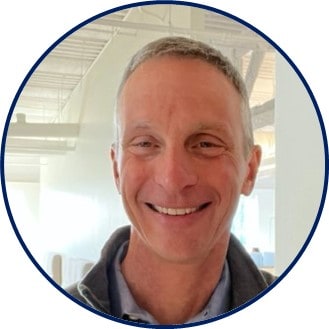
Earlier this year, healthcare industry veteran and thought leader, Dan Michelson, joined us as an Entrepreneur-in-Residence. In this role, he will help 7wire portfolio companies enhance their strategy, go-to-market, operations, and culture as they grow and scale.
Dan is the Founder and CEO of InCommon, a new software and services company that helps companies turn culture into a strategy that drives engagement and productivity. For the prior decade, Dan served as the CEO of Strata Decision Technology, leading the company to becoming an industry standard with a cloud-based financial planning, analytics, and performance platform used by over 400 healthcare systems and 2,000 hospitals and scaling the company to a valuation of over $1B before leaving. Prior to Strata, Dan was the Chief Strategy and Chief Marketing Officer of Allscripts for 12 years, partnering with Glen Tullman and Lee Shapiro to grow the company from 100 to over 6,000 employees and over $1 billion in annual revenue.
Read more about Dan’s impressive 30-year track record building and leading healthcare technology companies, his childhood aspirations, his morning routine, and much more in our latest Top of The Ladder feature.
When you were a child, what did you want to be when you grew up?

My mom likes to remind me that the first thing I said I wanted to be when I grew up was a bull and then later a racecar. You read that right. Once I came to terms with the fact that neither was possible, I switched to wanting to be an architect. I thought it was tangible and that it would be cool to someday point to a building and say, “hey, that was me.” While I never had the confidence to pursue it as a profession, the ironic part is that I kind of fell into it over the last two decades as I’ve worked to build information infrastructure and architecture in healthcare. And sure enough, one day I walked into a medical office with my daughter Emma and the doctor pulled up the EHR on her computer. My daughter saw the logo and screamed, “hey, that’s you!” It was a good day.
What was your first job?
My first job after college was a total flop. My dream job was to work for Nike. I didn’t interview with a single company when I graduated and instead sent my resume to 40 different people at Nike before I finally got a response. They rejected me and told me that I needed retail experience. In other words, I needed to work in a shoe store. So, I took the bait and my first job out of the Kelley School of Business at Indiana University was selling shoes at Herman’s Sporting Goods for $2.25 per hour. After three months, Nike never called or responded to my messages, so it was time to move on. As a side note, I didn’t buy a Nike product for 30 years as a way of punishing them for their mistake. Apparently, they ended up doing OK despite my protest. Imagine that. The funny part is that I got an invitation to go visit Nike with my son Ian a few years ago and told one of the senior folks there that story. He gave me a Nike shirt as an apology and I officially dropped my personal (and ridiculous) protest. I guess we all grow up eventually, but I have to admit that I kind of like the saying that, “you’re only young once…but you can be immature forever!”
What does your morning routine look like?
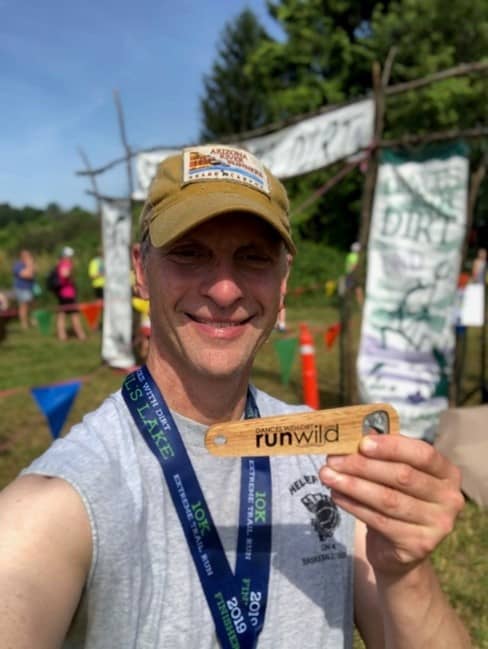
I wake up at 5:30AM, have a big glass of water, and then go for a four to eight mile run. Running is my meditation and my medication – I need it. I won’t typically schedule any meetings until after 10:00 am so that I can think clearly, crank through work, and get things done. I need time and space to think and have gotten better at programming this into my day. I’ve had this routine for 20+ years and it works for me.
Over your 30-year career of building healthcare technology companies, what are the major changes you have seen in the industry? Fast-forwarding a decade into the future, what is a key prediction you have for the industry?
The major change in the market I’ve seen is the consolidation of providers and the need for technology companies to provide a platform, not just a product. Because of this, you have seen and will continue to see a consolidation of vendors as well. It’s the most dependable and necessary short-term and long-term trend that there is. There are simply too many products and good ideas being thrown at too few buyers. It’s hard for them to process, much less deploy.
Regarding a prediction for the next decade, everyone who is asked that question will likely reflexively respond that it is Artificial Intelligence (AI). I personally think it is the rise of simplicity to address the complexity in the system. AI is similar to the Internet in that it is not an endpoint in and of itself. It’s an underlying technology that solutions will be built on top of – lots of them.
During the COVID-19 pandemic, Strata Decision Technology launched the National Patient and Procedure Volume Tracker to provide visibility into the pandemic’s impact on clinical service lines. How did you, as CEO, explore how Strata could provide value amidst the pandemic, and how did the idea for the tracker come about?
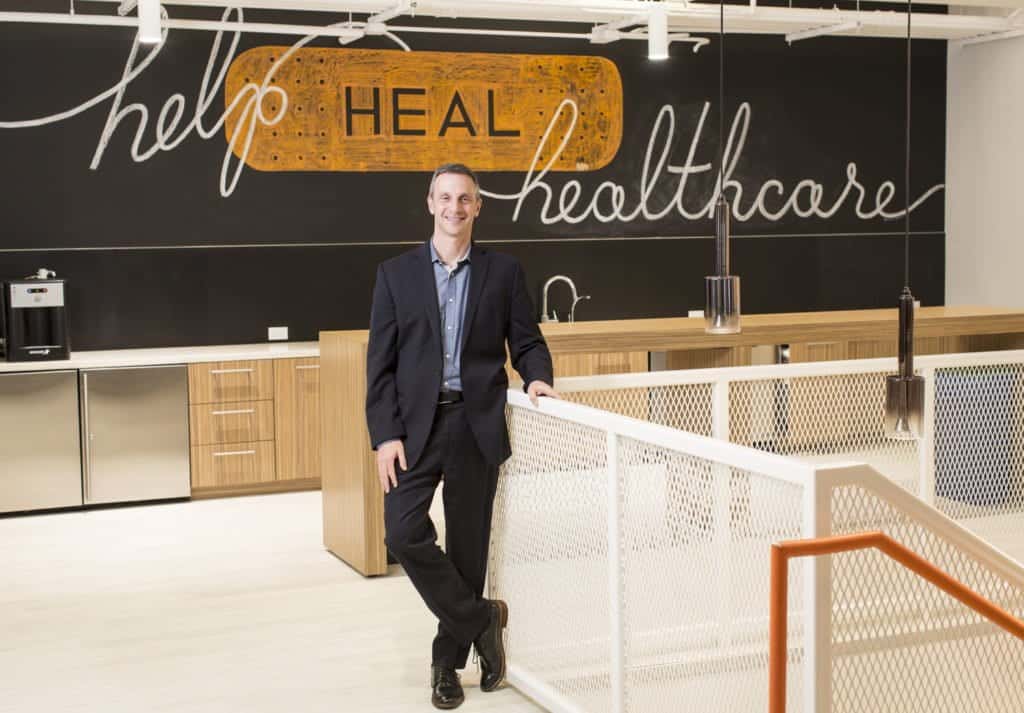
In my 10 years as CEO of Strata we were hyper focused on our mission to Help Heal Healthcare. So, the simple question we asked ourselves when COVID hit was, “how could we best help?”. We had over half of the hospitals in the U.S. on our platform at the time. We could see the dramatic drop in volume, and it quickly became very clear that this was likely going to be the worst financial crisis in the history of healthcare. We created and launched the Tracker within a week to help our customers, key stakeholders, political leaders, and the public understand the issue in order to rally support. Our data was cited on CNN, Bloomberg, and in many other media outlets as well as in Congress in support of incremental funding for providers. More importantly, our customers were able to use this data for their financial planning and projections to adjust their resources and navigate their way through the storm more effectively.
A few years back, you co-authored a book Margin + Mission: A Prescription for Curing Healthcare’s Cost Crisis highlighting the challenges of fiscal management in healthcare and sharing solutions. Are there organizations we can look to as examples of health systems that have been successful in achieving “margin + mission”?
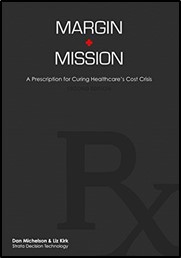
It’s challenging just to call out a few as I think there are so many examples of health systems that truly get it. Some of the ones I’ve worked very closely with include Intermountain, Cleveland Clinic, Yale New Haven, Advocate Aurora, Kaiser Permanente, Northwestern Medicine, MD Anderson, Boston Children’s, Bon Secours Mercy, HSS, OSF…the list goes on. All of these are examples of incredible alignment of margin and mission via leaders who are very focused on doing the right thing. Once again, there are many, many more.
What inspired you to build InCommon, and what experiences and/or research led you and the team to develop your “CORE” platform?
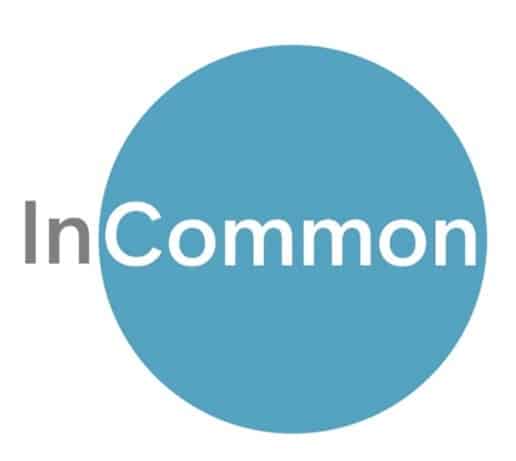
A year ago, in my role as CEO of Strata, I was really struggling with how best to run and operate a 500-person company in a post-pandemic world. Culture has always been the center of the strategy in the hypergrowth companies that I’ve helped to lead over the last 20+ years. The secret sauce has been building a company that people loved to work for and that customers loved to work with. But during the pandemic how work “works” started to shift and it became clear that you could either fight the changes that were in-flight or try to leverage them. I dove deep, did a ton of research, and concluded that there was an opportunity to create something that could help.
InCommon is what we call a “for purpose” company. We have built an application that brings people together based on what they have in common to help them better connect to their company, culture, and co-workers. Our SaaS application helps to measure, manage, and get as many people on your team as possible to feel like they’re part of your CORE™. CORE stands for Community, Opportunity, Relationships, and Experience, the four factors that correlate the most with employee productivity, engagement, and retention. Our approach is tactical and practical. You can think of InCommon as a common sense approach for improving the experience of every employee on your team.
What’s your superpower?

It’s a combination of Pragmatism + Optimism.
The translation is that I think that I’m pretty good at seeing things for what they are, but also for what they can be. I am always real, but also enthusiastic about making things better than they were yesterday. I’ve used a saying for a long-time that the goal should always be to “be better on Friday than on Monday.” If you get that done, you’ll have had a great week. If you do that every week, you’ll have a great year. If you do that every year, you’ll have a great career. Everyone has that power – all it requires is having that perspective.
What is one thing you wish you knew before starting your career journey?
It’s not about finding your passion; it’s about finding your purpose. Passions are transient, they can and will change many times in your life. But purpose can be sustained over a long period of time…for your entire career.
For the last 30 years, my purpose has been to make a difference in healthcare. I literally thought about it every day and it truly mattered to me. In my recent transition I had a chance to reflect and have reset that purpose to helping people, companies, and communities grow. While it’s no longer exclusive to healthcare, it builds on the work I’ve been doing and helps expand it to new areas where I can learn and grow as well.
What book are you reading right now?
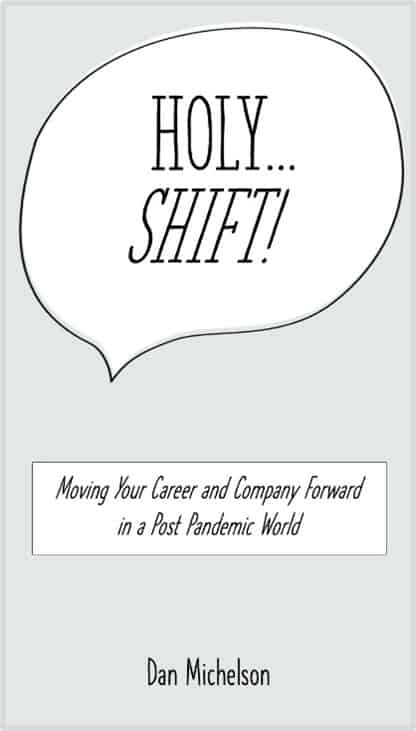
Ugh. I haven’t been reading any books because I’ve been trying to write one of my own! It’s called Holy Shift: Moving Your Company Forward in a Post Pandemic World. The first version is done and will be available in a few months. The goal of the book is to give leaders a practical playbook for leading their companies through what is the biggest and fastest change in how work works in over 100 years and quite possibly, ever. Stay tuned!
What is one piece of advice you would offer to other entrepreneurs?
Chaos creates opportunity. While the last few years and months have been challenging in the venture world, it’s also an opportunity to sharpen strategy and refine your operating model. We all know this, but the key is to embrace this as a positive and use it as a catalyst to move your company forward.